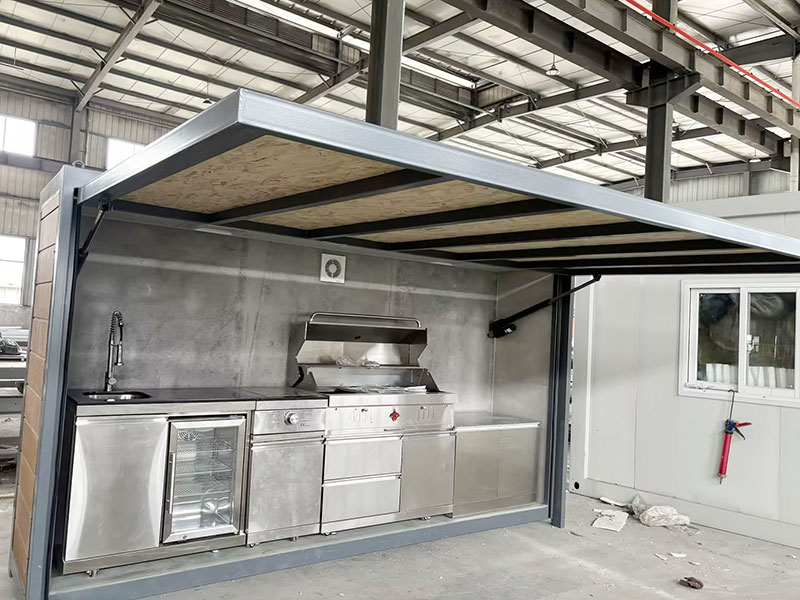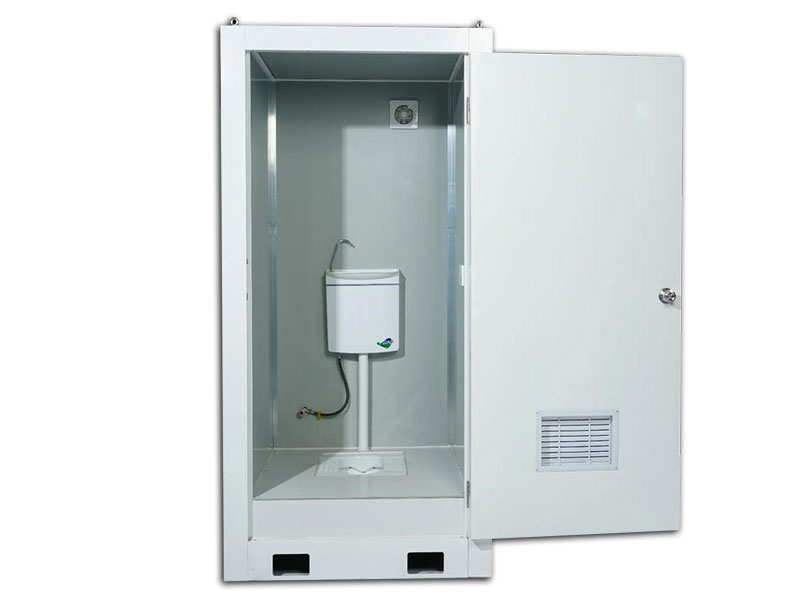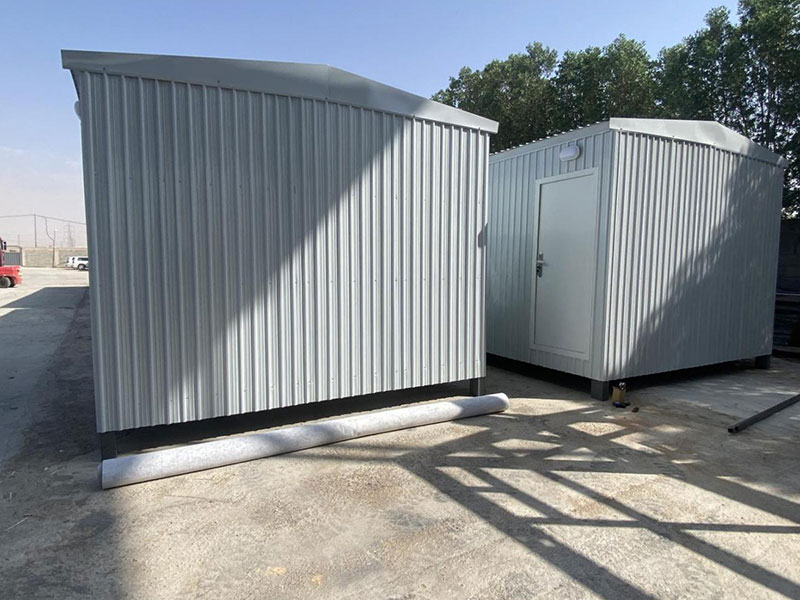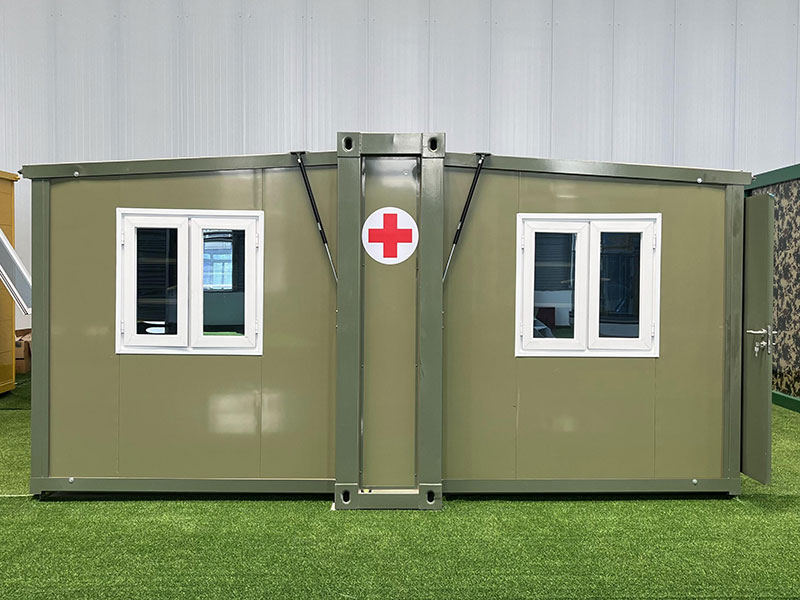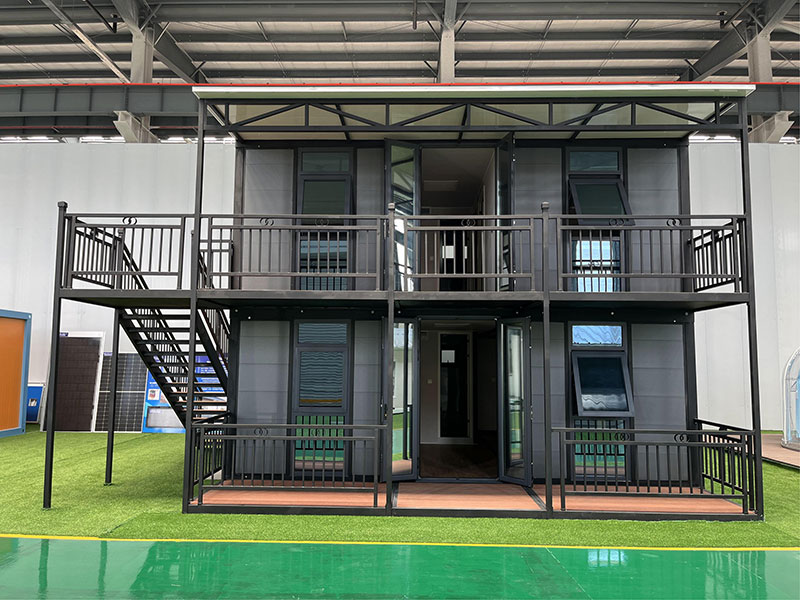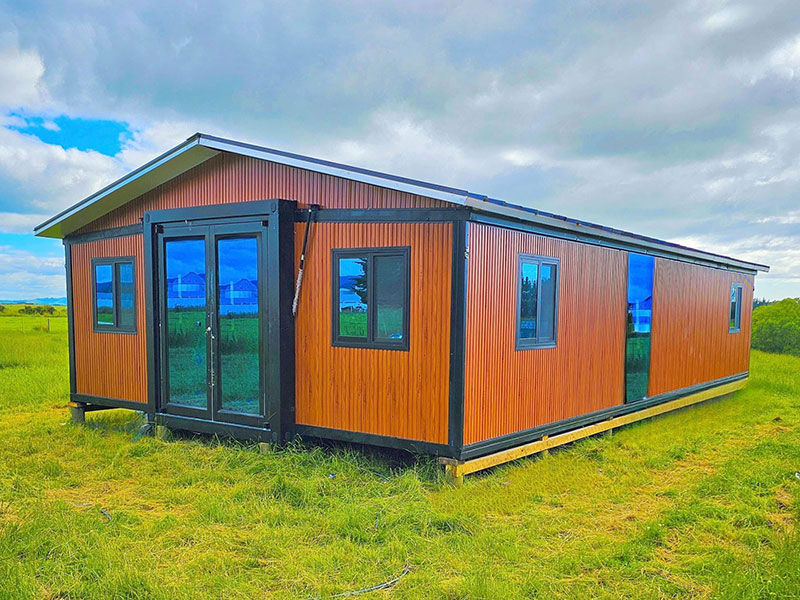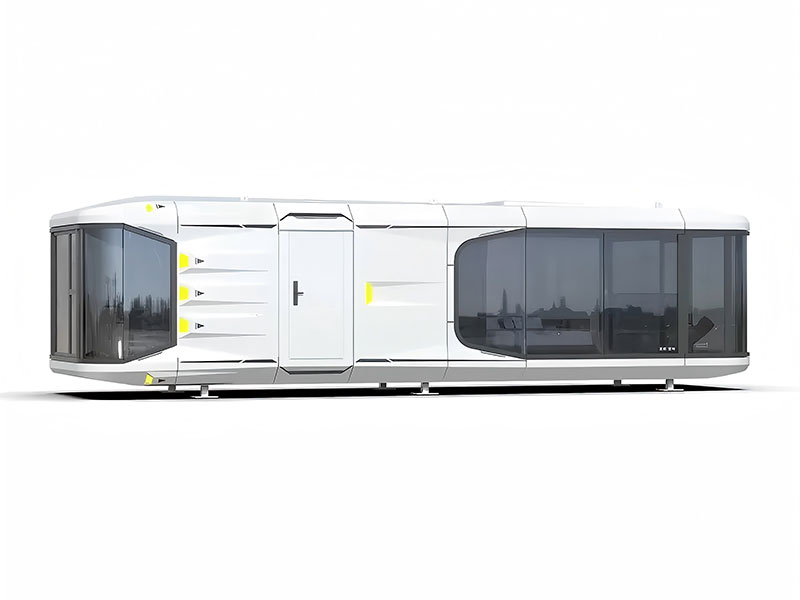The Allure of Portable Prefab Cabins
2025-05-09In recent years, portable prefab cabins have gained significant popularity across the globe. These innovative structures offer a unique blend of convenience, flexibility, and functionality. Whether it’s for a temporary living solution, a mobile office, or a weekend getaway, portable prefab cabins have proven to be an ideal choice for many. This article will delve deep into the construction process of these cabins and explore the numerous benefits they bring.
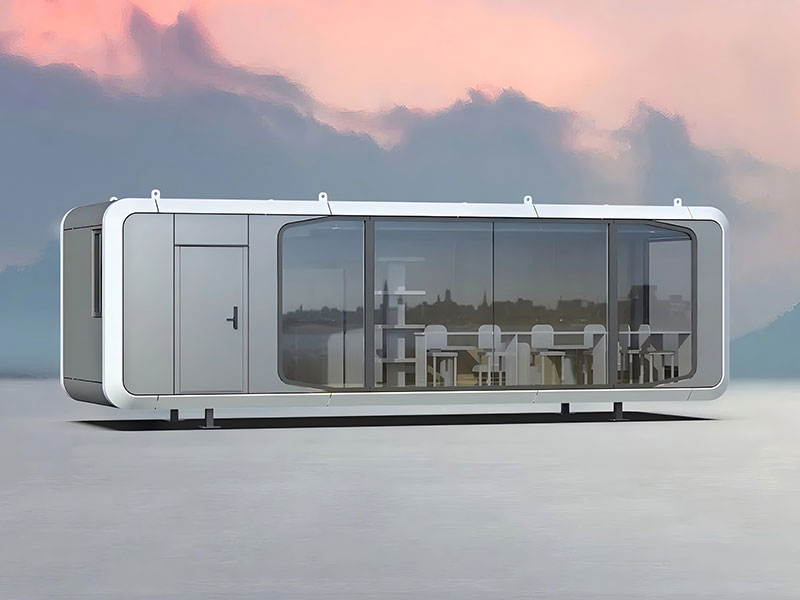
Frame and Structure
The construction of a portable prefab cabin typically begins with a sturdy frame. Most commonly, lightweight steel or aluminum frames are used. These materials offer excellent strength-to-weight ratios, making the cabins easy to transport while still being able to withstand various weather conditions. The frame is designed in a modular way, with pre-cut and pre-drilled components that can be quickly assembled on-site. For example, a steel-framed portable prefab cabin might have sections that fit together like a puzzle, reducing the need for complex on-site welding or major construction work.
Wall and Roof Panels
The wall and roof panels of these cabins are another crucial aspect of their construction. Insulated panels are widely used to ensure energy efficiency. Materials such as expanded polystyrene (EPS), polyurethane foam, or fiberglass insulation are often sandwiched between outer layers of materials like metal, wood, or composite panels. These panels not only provide thermal insulation but also contribute to soundproofing. For instance, a portable prefab cabin with EPS – filled wall panels can significantly reduce heat transfer, keeping the interior cool in summer and warm in winter. Additionally, the outer layers of the panels can be customized to match different aesthetic preferences, from a sleek modern look to a more rustic, wood – finished appearance.

Interior Finishes
Once the basic structure is in place, the interior finishes are added. The interior of a portable prefab cabin can be designed to be as luxurious or as simple as required. High – quality flooring options like laminate, vinyl, or even real wood can be installed. The walls can be finished with paint, wallpaper, or paneling. Ceilings may feature drop – down ceilings or be left exposed with a finished look. For a portable prefab cabin used as a high – end vacation retreat, the interior might include custom – made wooden cabinets, granite countertops, and top – of – the – line fixtures. On the other hand, a more basic cabin for a construction site office could have simple, durable finishes that are easy to clean and maintain.
Benefits of Portable Prefab Cabins
Cost – Effectiveness
One of the most significant advantages of portable prefab cabins is their cost – effectiveness. Compared to traditional construction methods, prefab cabins can be up to 30% more affordable. This is because a large part of the construction process takes place in a factory setting, where economies of scale can be achieved. There are also fewer labor costs associated with on – site construction since the cabins are mostly pre – assembled. For example, a small portable prefab cabin used as a home office can be purchased and installed at a fraction of the cost of building a new room addition to a house.
Quick Installation
Portable prefab cabins can be installed in a remarkably short time. In many cases, a cabin can be set up within a few days, depending on its size and complexity. This is a huge advantage for those who need a space quickly, such as for emergency housing after a natural disaster or for a temporary project office. A team of experienced installers can quickly unload the prefab cabin components from the transport vehicle and assemble them on the prepared foundation. This rapid installation time means that the space can be put to use much sooner than with traditional construction.
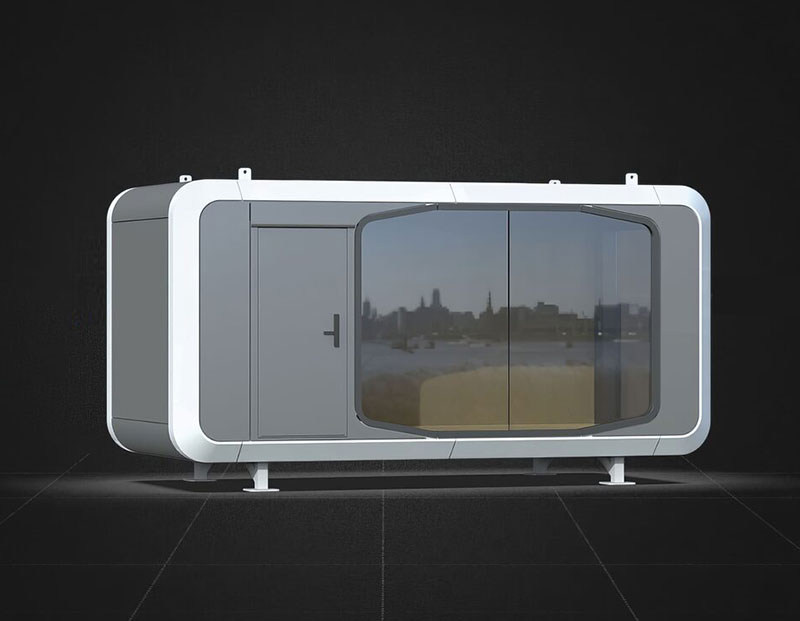
Mobility and Flexibility
As the name implies, portable prefab cabins are highly mobile. They can be easily transported to different locations as needed. This makes them perfect for those with changing needs, such as a business that needs to move its office to different project sites or a family that wants to relocate their vacation cabin. The cabins can be disassembled and reassembled at a new location with relative ease. Some cabins are even designed to be towed behind a vehicle, allowing for even greater mobility. This flexibility also means that if the original location of the cabin is no longer suitable, it can be moved without significant loss of investment.
Portable prefab cabins have emerged as a revolutionary solution in the world of construction. Their unique construction process, which combines modular design, high – quality materials, and factory – controlled production, results in structures that offer a wide range of benefits. From cost – effectiveness and quick installation to mobility and durability, these cabins are suitable for a diverse range of applications. As technology and design continue to improve, it’s likely that we’ll see even more innovative and advanced portable prefab cabins in the future, further expanding their potential uses and appeal.

